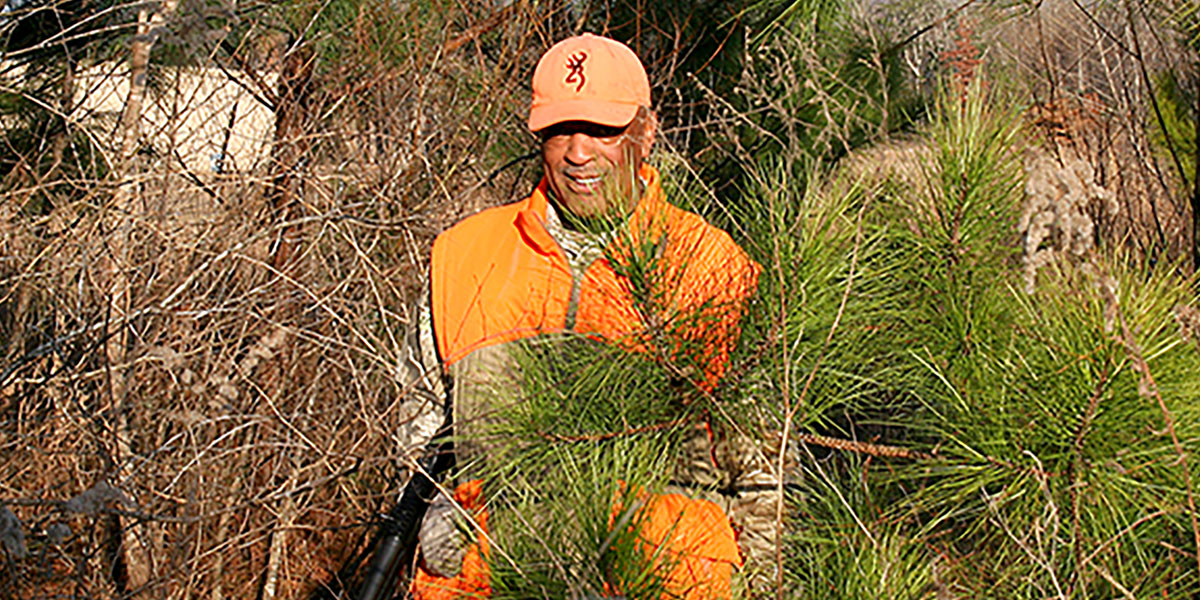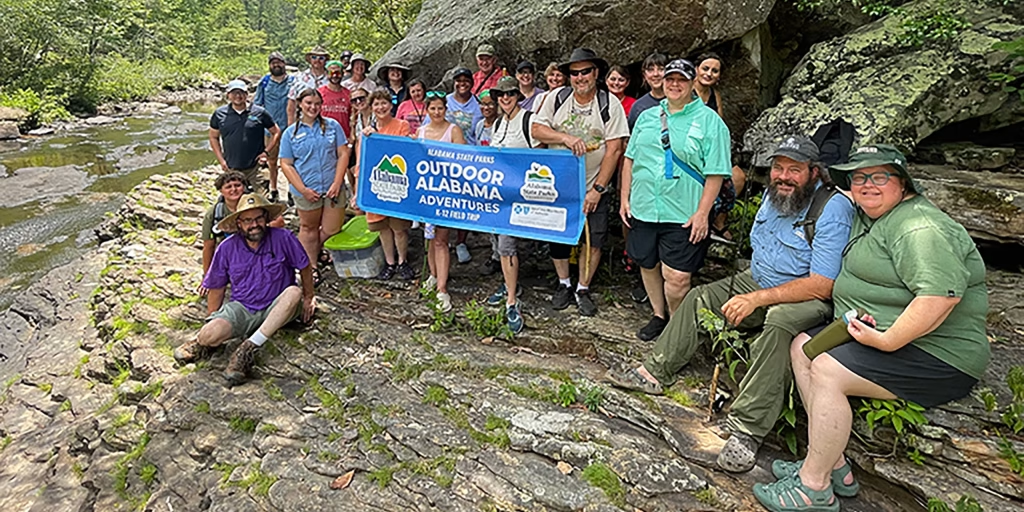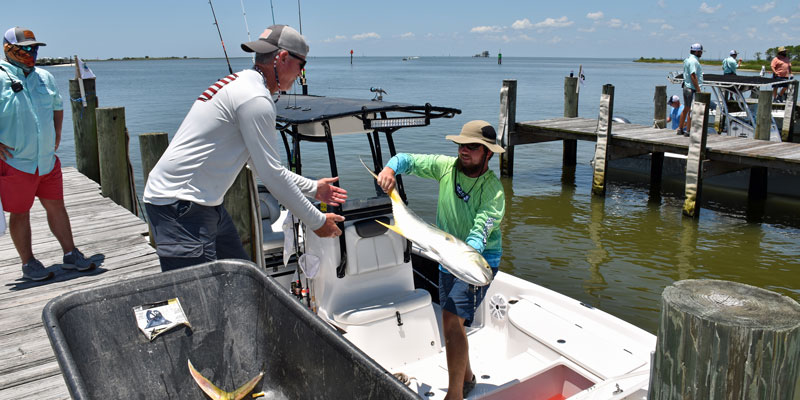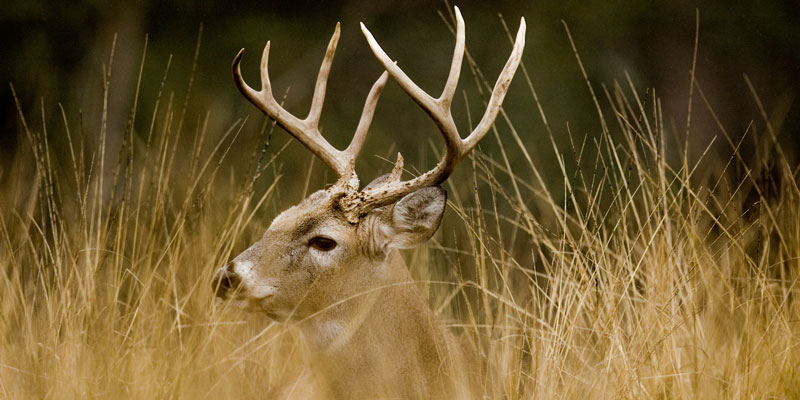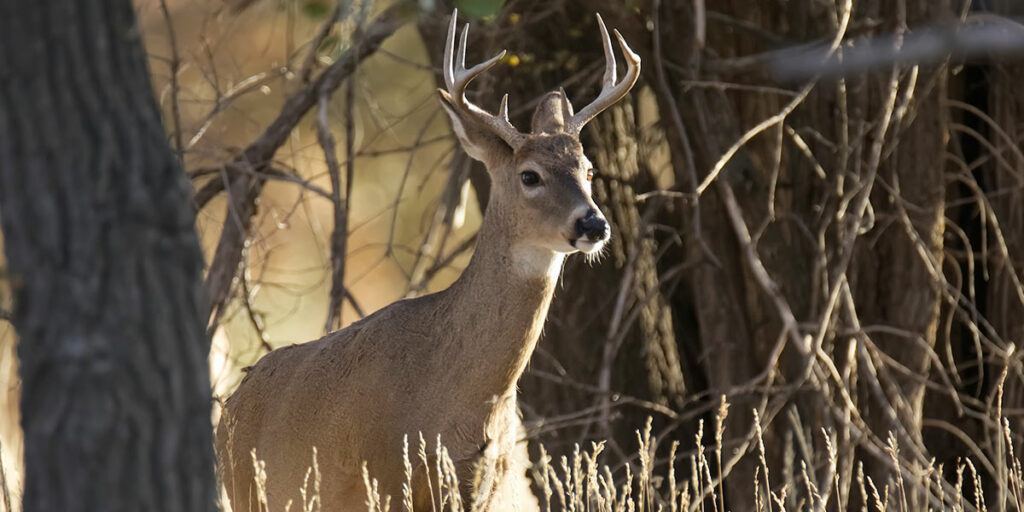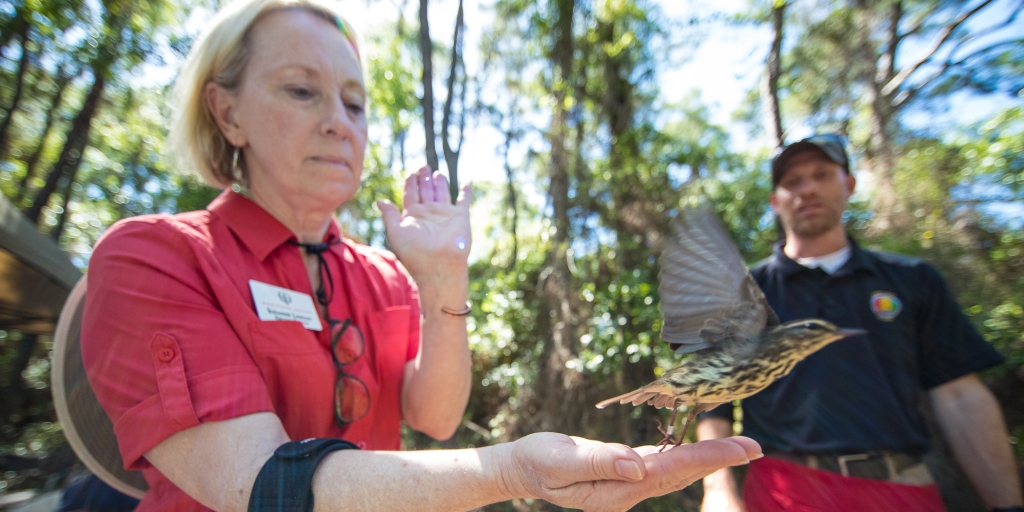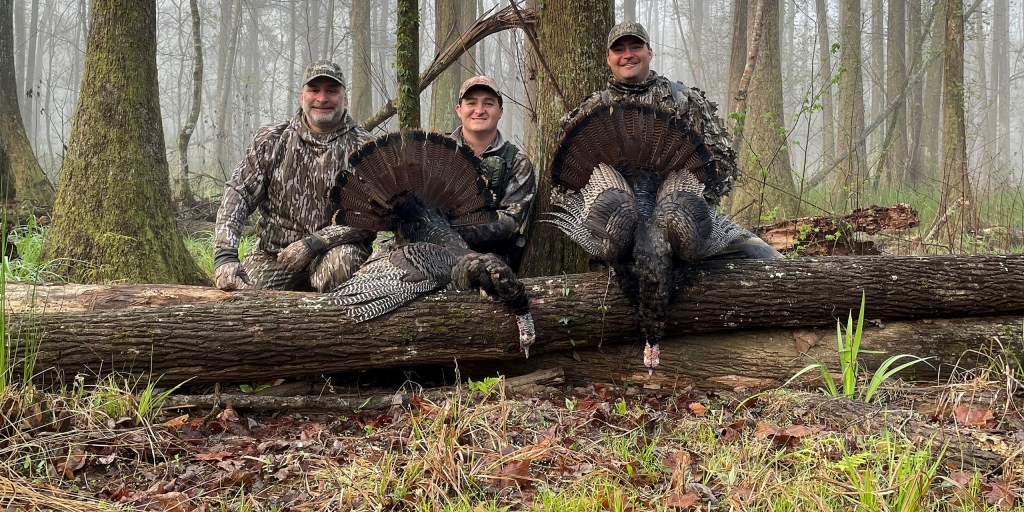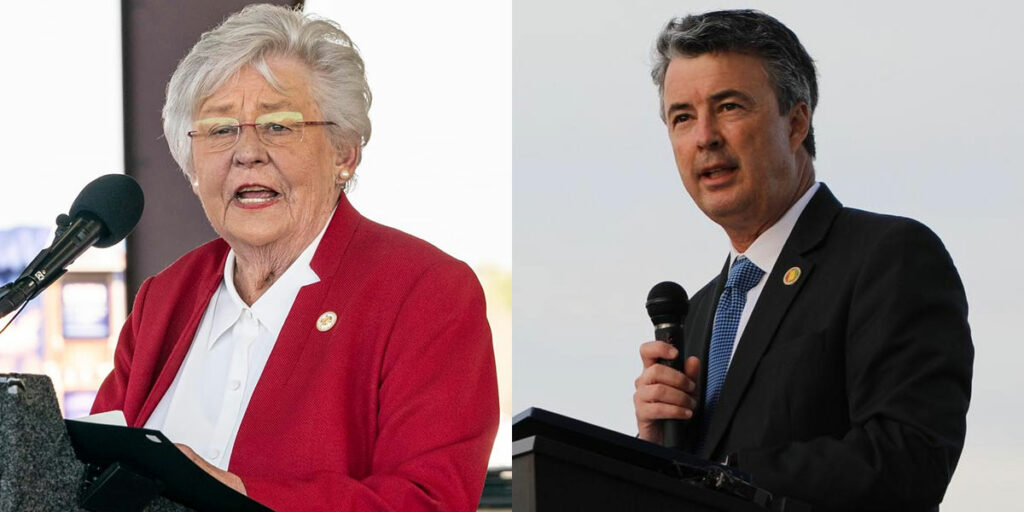The Hunter Education Program with the Alabama Department of Conservation and Natural Resources’ (ADCNR) Wildlife and Freshwater Fisheries Division is celebrating its 50th anniversary in 2023, and the program’s effect on hunter safety has been remarkable.
Started as a voluntary program in 1973, Hunter Education has progressed through numerous phases over the years. James Thornhill was the first Hunter Education Coordinator in the Division, and he remained in that position until his retirement in 1992, the year before hunter ed became mandatory in 1993. Ray Metzler was head of hunter ed from 1993 to 2011, when current coordinator Marisa Futral assumed that role.
“What’s interesting to me is that in 50 years there have only been three Hunter Education Coordinators,” Futral said.
What’s remarkable about the success of hunter education in Alabama is that hunting-related accidents have been on the decline, and during the 2021-2022 hunting seasons, no fatalities from firearms or treestand accidents were recorded. During the 1973-74 season, 19 fatalities were attributed to firearms accidents.
In an attempt to reduce the number of accidents, the Alabama Legislature passed a law in 1992 that made hunter education mandatory to be able to purchase a hunting license. Those who were 16 years or older on or after Aug. 1, 1977, were grandfathered in and were exempt from the hunter ed requirement.
The Alabama Wildlife Heritage Act of 2007 provides a mentor provision for hunter education. Hunting license buyers have the option to hunt under the “supervision required” status in lieu of passing the hunter education course. However, successful completion of an approved hunter education course is mandatory for all non-supervised hunting license buyers.
Hunters under supervision must be under normal voice control, not to exceed 30 feet away from a properly licensed hunter 21 years of age or older. The supervising person cannot be the holder of a “supervision required” license.
During Thornhill’s tenure, the hunter ed course was 10 hours over two days. It evolved into an 8-hour program to be able to complete the course in one day. In 2013, the complete course became available online.
“We went to an online option to remove any perceived barrier to obtaining the course,” Futral said. “We were one of the first states to offer the course online. Indiana was first. Alabama and three other states went to that option later that year. Technology has come a long way. People are confident they are getting what they need in an online class.
“The number of people taking the hunter education course each year has been pretty consistent at about 13,000. People really like the convenience of the online course because they can take it an hour at a time.”
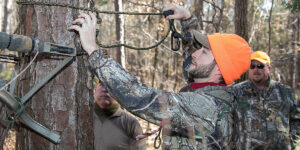
The current hunter ed course is made up of nine chapters – Introduction to Hunter Education, Know Your Firearms Equipment, Basic Shooting Skills, Basic Hunting Techniques, Primitive Hunting, Be a Safe Hunter, Be a Responsible Hunter, Preparation and Survival Skills, and Wildlife Conservation. A review of the material and a test follow the completion of the chapters.
“You can see from the reduction of accidents through the years that hunter education becoming mandatory was important,” Futral said. “And even if you’ve been hunting for a while, there’s always something you can get out of that class.
“We also talk about the evolution of safety equipment and how much better it is now. We talk about using full body harnesses and other safety equipment when climbing a tree.”
Thornhill was tasked to develop Alabama’s Hunter Education Program with Pittman-Robertson Act funds, an excise tax levied on firearms and ammunition. That tax money has been distributed to the states for specific uses, including hunter education.
“I started writing grants for federal aid projects, and then I started recruiting volunteer instructors,” said Thornhill, whose staff consisted of a part-time secretary and himself. If it hadn’t been for the vocational agriculture teachers in the state, hunter ed probably would have been a flop. I had a good friend who was a vocational ag teacher, and he was really interested in hunter education. We got the majority of vocational ag teachers on board, and, instead of 8 to 10 hours, they taught it for six weeks.”
Thornhill was so successful at recruiting that he had the highest volunteer roll in the state at 1,200 instructors. He set up booths at every fair, gun show and outdoors gathering possible to spread the word about hunter safety.
Thornhill said 19 hunting-related fatalities occurred during the first year of the hunter ed program, and the number of fatalities had significantly decreased by the time he retired.
“We got the hunter orange requirement incorporated in the regulation in 1985, which helped,” he said. “I saw a lot of decrease in firearms accidents, but we had an increase in treestand accidents because treestands were becoming so popular. John Woller with Summit Treestands did a lot for treestand safety.
“Alabama had the first treestand safety brochure in the nation with the help of John Woller. He was a real big supporter of hunter education.”
Thornhill also pushed for the first shooting ranges on U.S. Forest Service land, one in Bibb County and one in Macon County. He said the two WFF (Game and Fish back then) shooting ranges were on wildlife management areas but had to be rebuilt.
WFF now operates 12 shooting ranges and recently opened its 20th community archery park, the highest number in the nation. Visit www.outdooralabama.com/
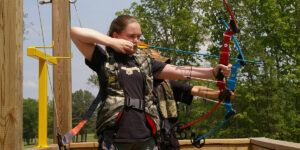
“I can’t believe how many archery parks we have now,” Thornhill said. “That is fabulous. Ray Metzler really got that started. He was a big bowhunter and was instrumental in getting those archery parks started.”
Metzler admits he’s a bowhunting fanatic, and the first year of the mandatory hunter education requirement interfered with his time in a treestand.
“We were really busy,” said Metzler, now with the Alabama Forestry Commission as a rare and endangered species specialist. “It was a Department-wide effort. We didn’t really know what to expect.”
Metzler and staff scheduled courses for the summer of 1993, but few took advantage of the early classes.
“People didn’t start thinking about it until we got close to hunting season,” he said. “In November, we got swamped. I really appreciate what James Thornhill did. The best thing he ever did was he got it into the schools in the vo-ag programs. It was really hectic, but it would have been worse if we hadn’t had so many schoolteachers on board.
“During my tenure, we started online courses. We had a CD where you could do it on your computer at home. You had to do a field day back then. Now you can do it all online. I think we’ve made a lot of progress in all aspects of hunter ed – firearms safety, treestand safety and general hunter behavior. Over the long haul, I think we’ve done a really good job. I hope the lower number of fatalities will continue, and I think that it will.”
Metzler credits the hunter orange requirement of a garment of at least 144 square inches above the waist or a full-size hunter orange cap or hat for a significant reduction in firearms accidents.
“There’s not a deer in the woods that wears blaze orange,” he said. “Anything resembling blaze orange, that’s a human being. I also encourage people to do their part to protect themselves. Wear your blaze orange and carry a flashlight when you’re going into the woods in the morning and coming out at night. A deer doesn’t wear a blaze orange cap or carry a flashlight.
“It doesn’t take much of a light for people to know that’s a human coming out of the woods. I just hope everybody will do their part to keep the fatalities at zero.”
Visit www.outdooralabama.com/
David Rainer is an award-winning writer who has covered Alabama’s great outdoors for 25 years. The former outdoors editor at the Mobile Press-Register, he writes for Outdoor Alabama, the website of the Alabama Department of Conservation and Natural Resources.




